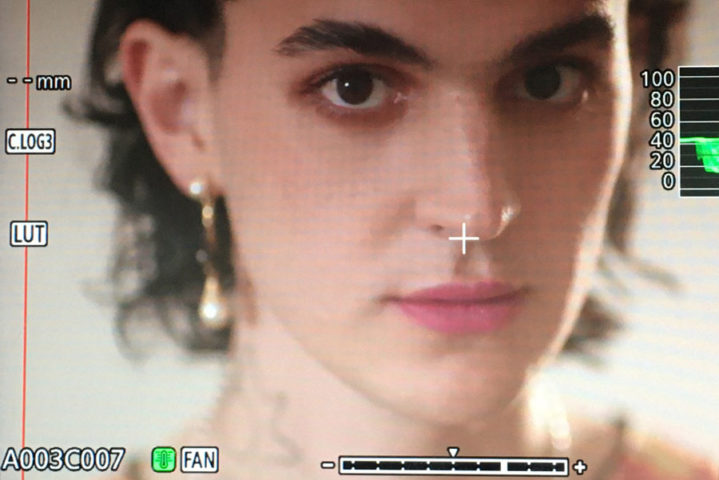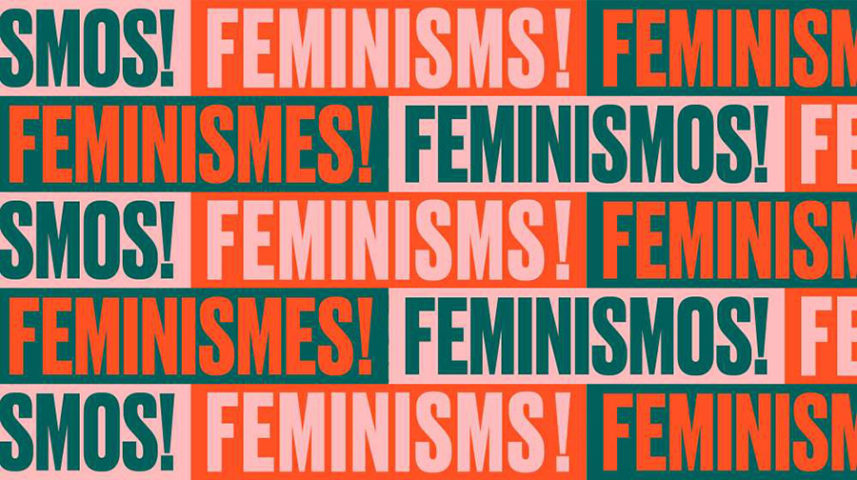Text on the exhibition by Pablo Martínez’s (Valladolid, 1979. Head of Programs at MACBA, Barcelona)
We are pleased to present the third exhibition of Cabello/Carceller at Galeria Joan Prats, entitled I am A Stranger, and I am Moving, in which we show recent works: drawings, installation, video and photographs.
The exhibition appears as a chapter of an essay, whose central theme revolves around the video, Movimientos para una manifestación en solitario (Movements for a Solo Demonstration). Alike in structure, the exhibition also addresses various topics in its Notas al pie (footnotes), through drawings and photographs. The exhibition delves into fundamental issues such as the solitude experienced by those who choose to dissent from the lifestyle of the majority, the pressure felt to maintain a belligerent stance that defends freedom of choice and the need to produce entirely the limited vehemence that we often grant ourselves.
The title of the exhibition is a quote from David Wojnarowicz’s last conference before he died of AIDS in 1992. It refers to the stranglehold that accompanies the sick body, a despised body that society would prefer to expel. David Wojnarowicz is one of the artists that appears in the drawings and collages of Notas al pie, found in the first room, along with Tórtola Valencia, Pedro Lemebel, Agustina González López and Hélio Oiticica. Cabello/Carceller communicate through the past and present, speaking of those who have questioned the heteronomy of their bodies, who from their dissent, were able to transform disease, rejection and hatred into poetry.
This hatred saw Agustina González López shot in Granada, and later forgotten, during the same period as Federico García Lorca. She was defined by ‘social madness’ and suffered persecution and ridicule for her differences. Tórtola Valencia lived her sexuality as openly as time provided her, liberating her body and with it other bodies in search for new forms of physical expression. Pedro Lemebel dared to confront the Chilean dictatorship in the streets, but also the stale sectors of the Marxist left, wary of the revolutionary force of the transvestite, of her questioning of the patriarchal order and its obligatory gender conformity. Also, Hélio Oiticica, an anarcho-artist and a pioneer of relational practices that he chose to load with revolutionary content. He paired the aesthetics of the Russian avant-garde with dancing bodies in the favelas through a festival of colour and free expression, the ‘Parangolés’.
The video Movimientos para una manifestación en solitario features a body that becomes a manifestation in itself, a rebellious body that questions identity norms through movements, attitudes, and a way of being that vindicates itself politically. The body is alone but empowered in the awareness that its presence is itself a transformative presence, whose femininity gives it strength while being the cause of its social marginalization. The performer holds a banner that is present in the exhibition and quotes a fragment of a well-known phrase by Baruch Spinoza, ‘Lo que puede un cuerpo’, that opens the door to the philosophical sustenance of affect theory.

